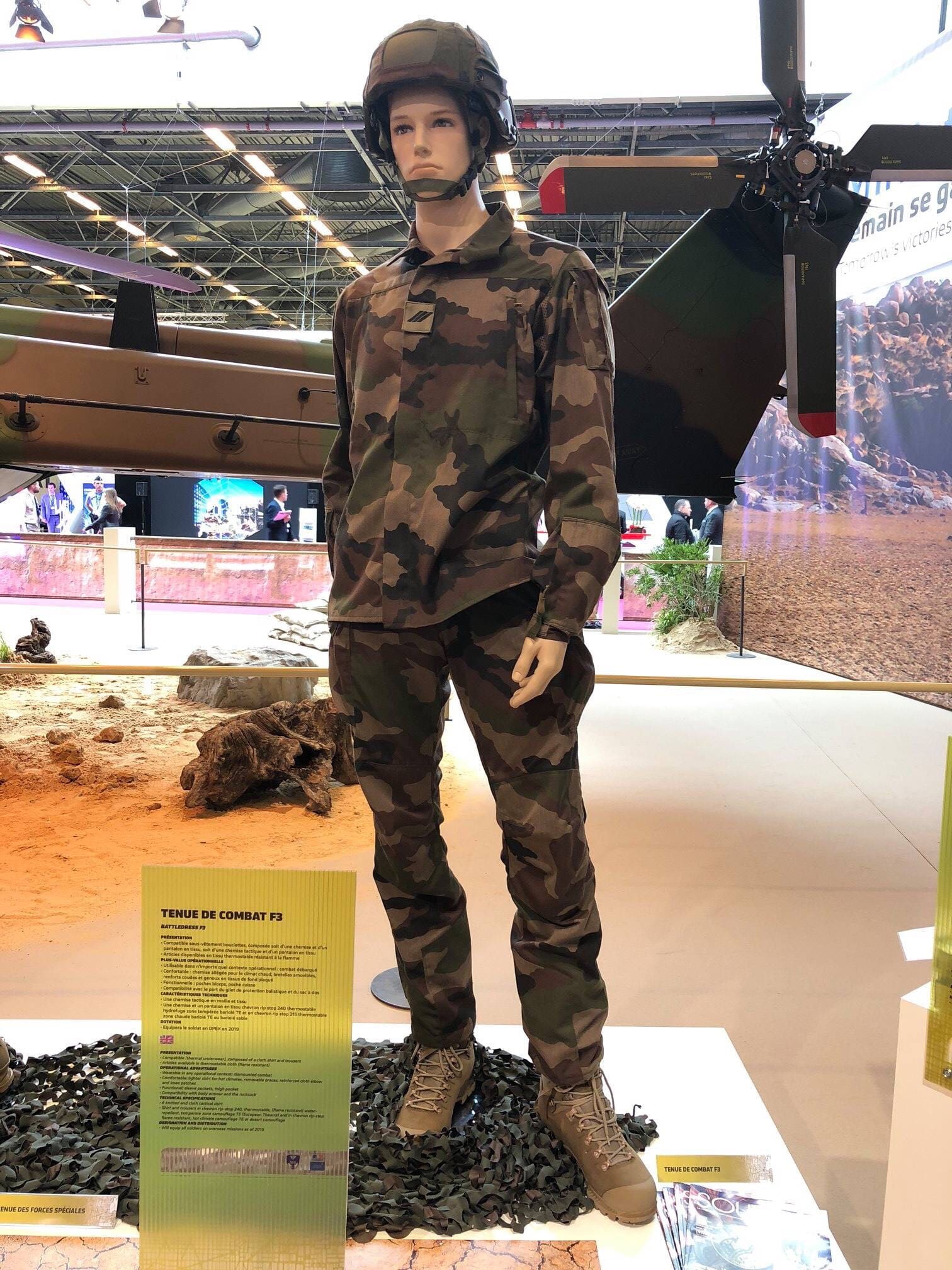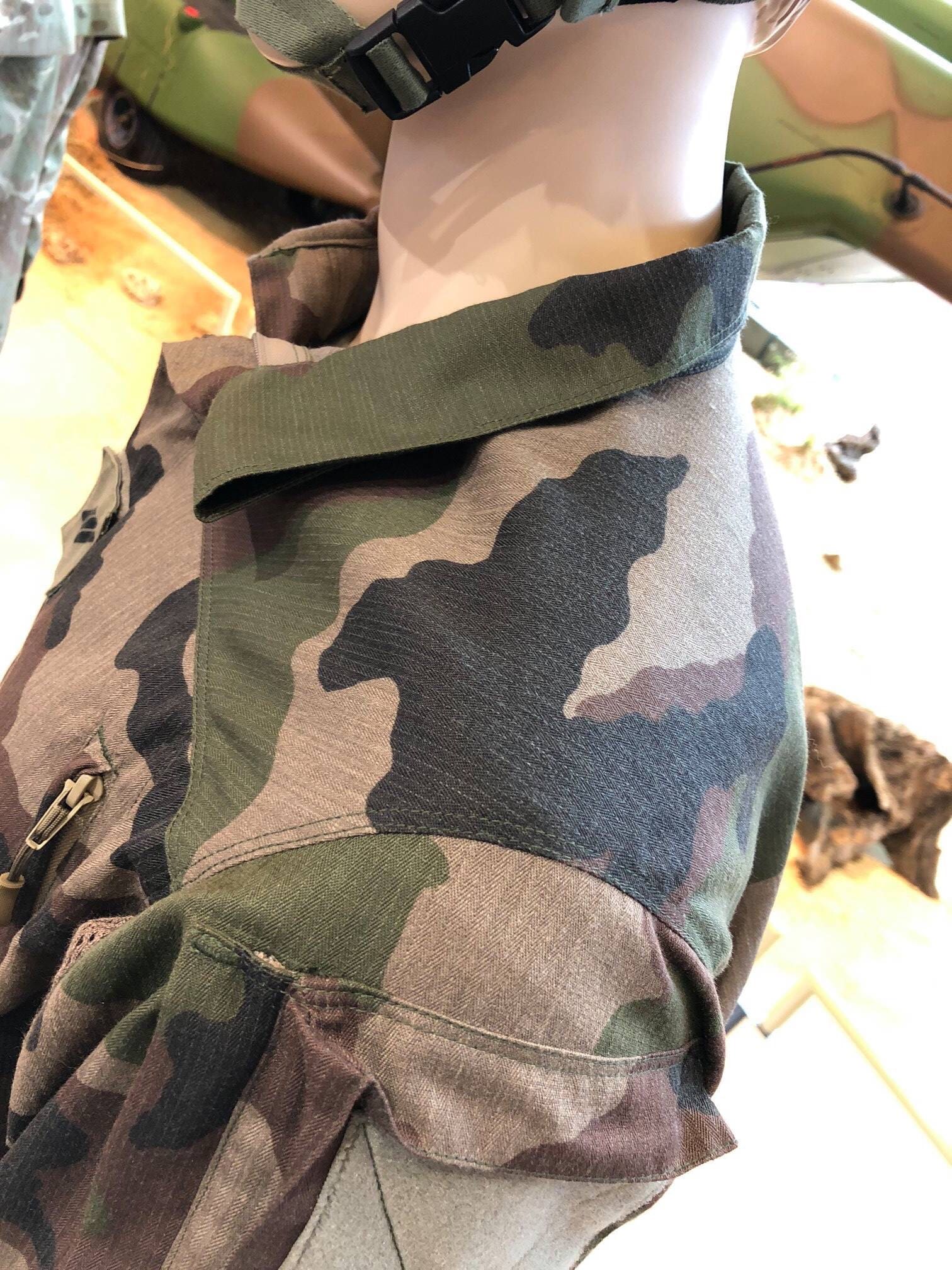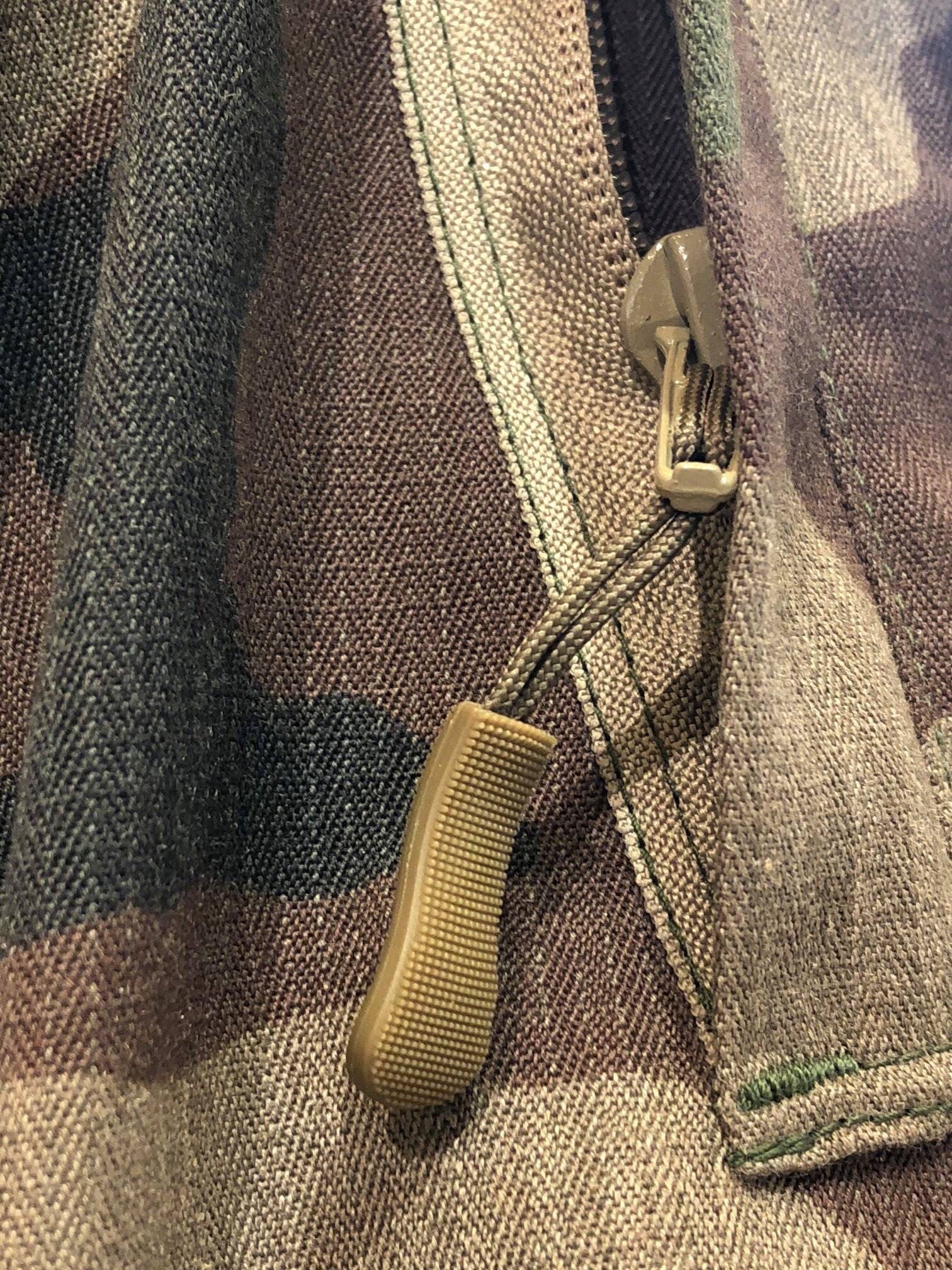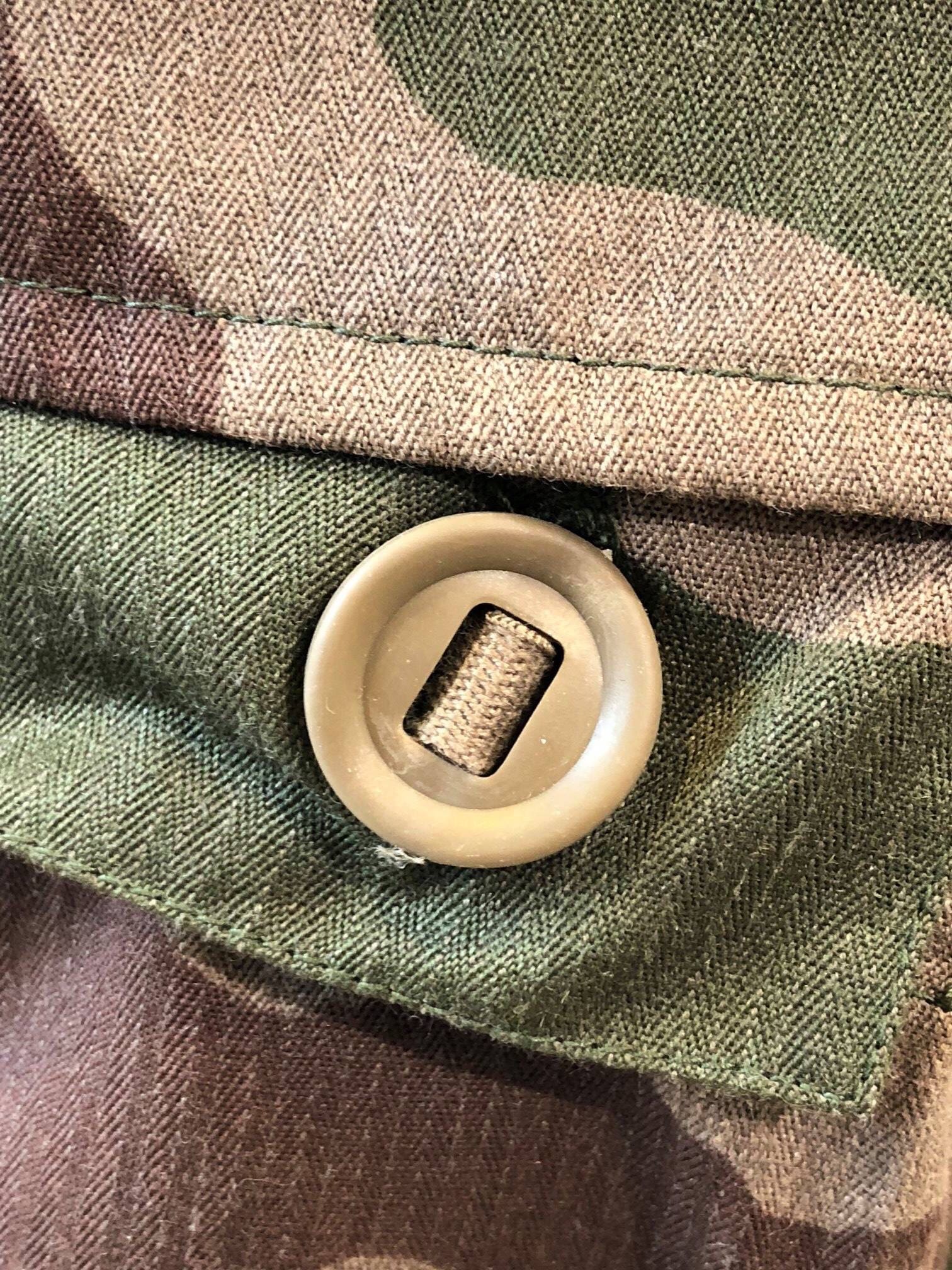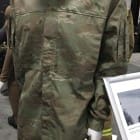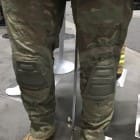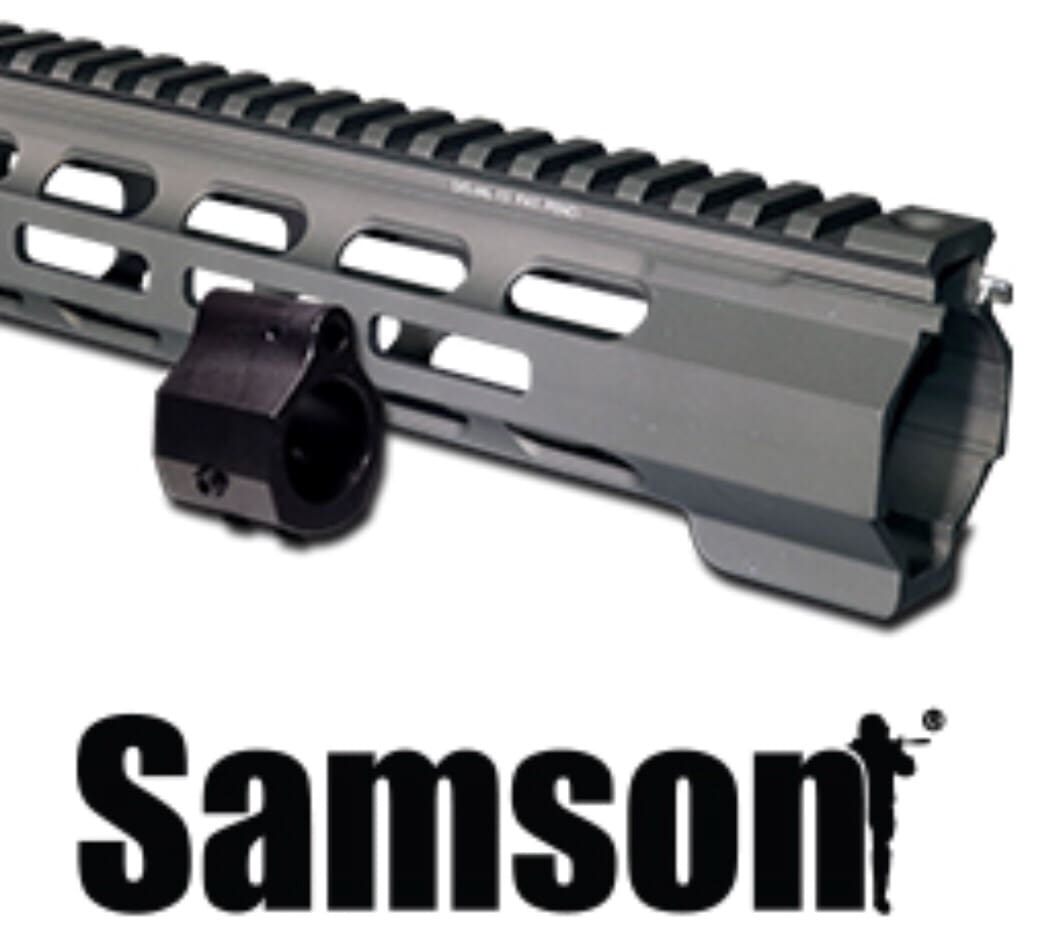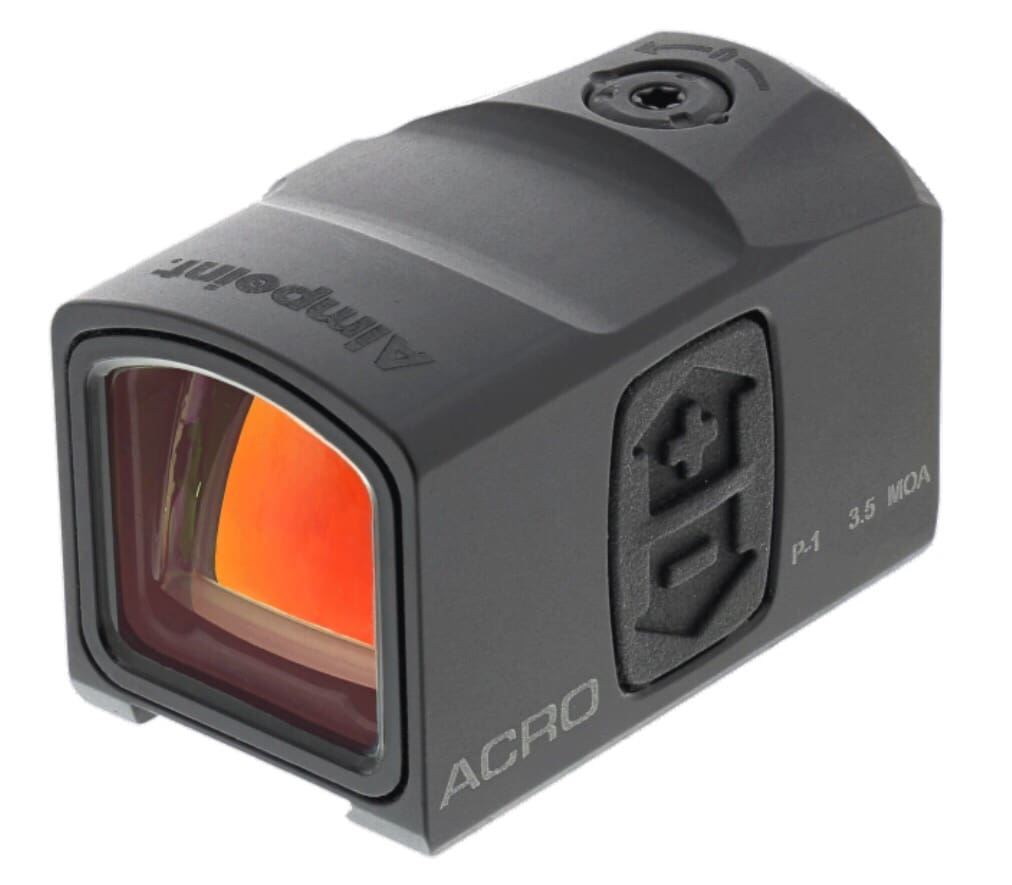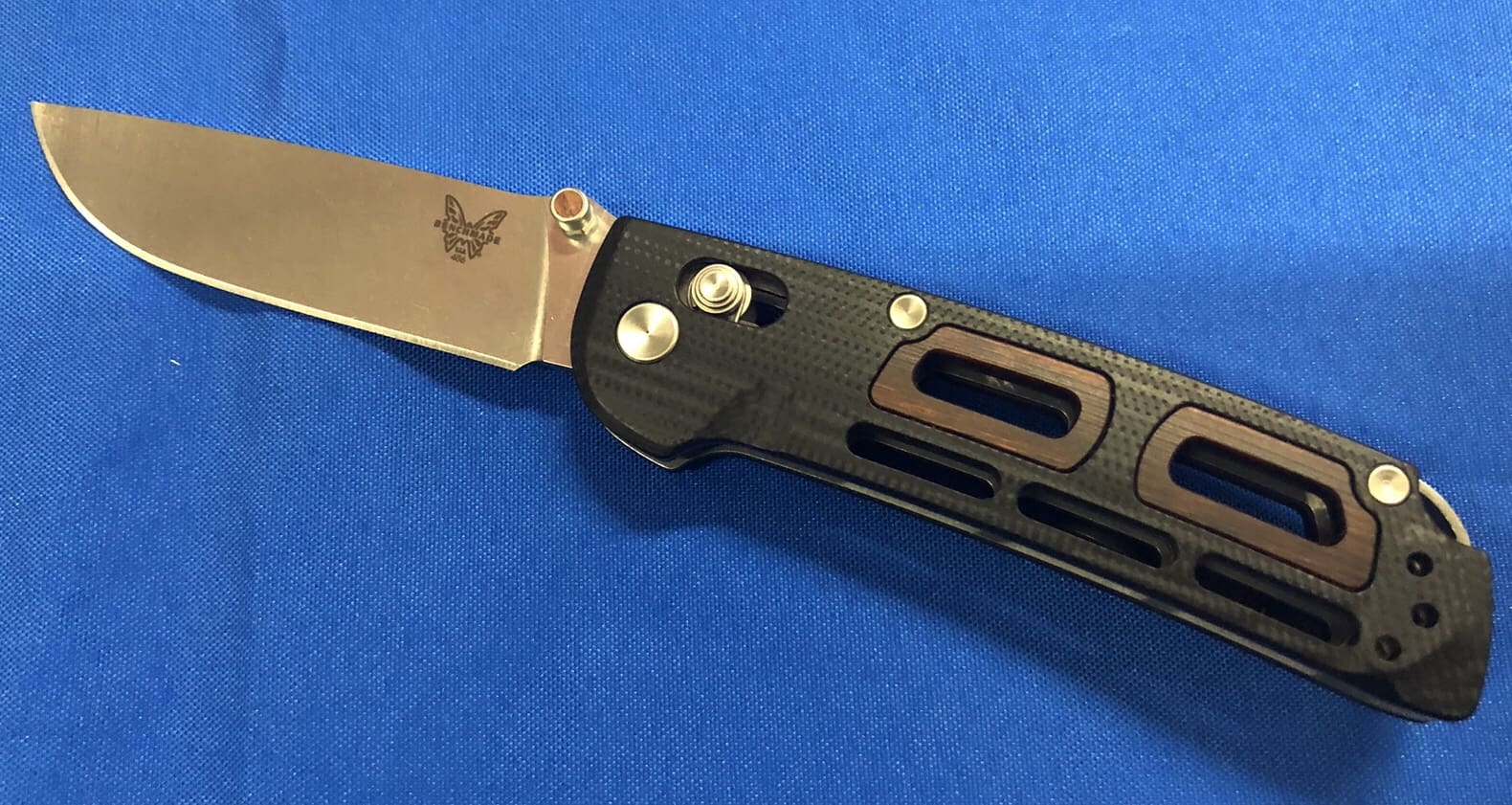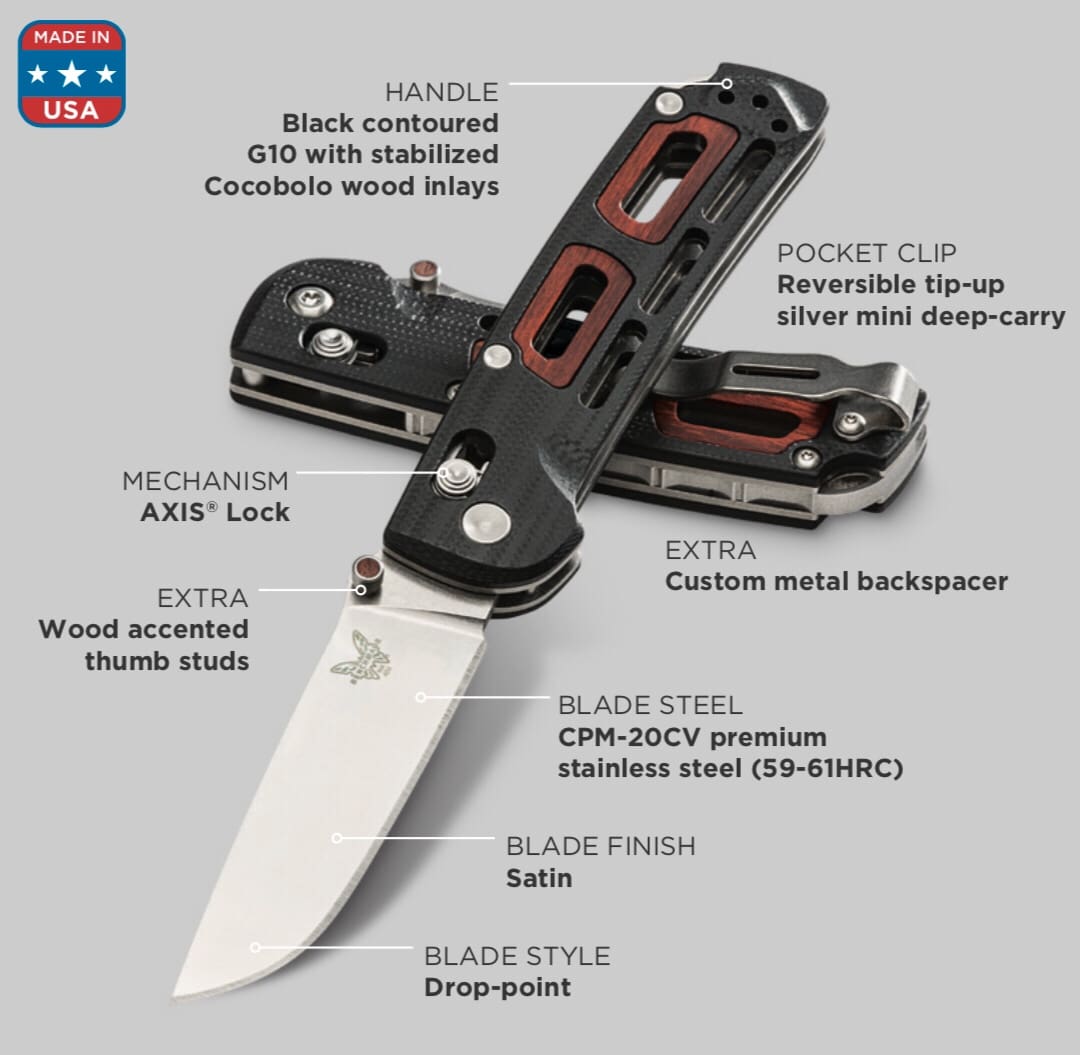VANCOUVER, BRITISH COLUMBIA – (June 12, 2018) – Mission Ready Solutions Inc. (“Mission Ready” or the “Company”) (TSX VENTURE: MRS) is pleased to announce the addition of Major General (Retired) James Marks (“General Marks”) to the Company’s Board of Directors (“Board”), effective June 15, 2018.
Board Appointment – Major General (Retired) James A. “Spider” Marks
James A. “Spider” Marks is the President of The Marks Collaborative, an advisory firm dedicated to the development and transformation of corporate leaders and their organizations.
Since retiring from the military, General Marks has continued his engagement in national security as an on-air contributor to CNN and as a keynote speaker and author addressing our dynamic geo-political environment. He has led business ventures to include entrepreneurial efforts in education, energy, IT, and primary research.
General Marks spent over 30 years in the United States Army holding every command position from infantry platoon leader to commanding general and was the senior intelligence officer during the LA Riots, in the Balkans, Korea, Iraq. He is an Honor Graduate of the US Army’s Ranger School and a member of the Military Intelligence Hall of Fame.
General Marks has a Bachelor of Science degree in Engineering from the United States Military Academy at West Point, NY and a Master of Arts degree in Foreign Affairs from the University of Virginia.
“It is with great pleasure that we welcome General Marks as the newest member of the Company’s recently strengthened board of directors,” states Jeffery Schwartz, President & CEO of Mission Ready. “General Marks will add tremendous value to the Company with insights gained from over 30 years of relevant experience and a shared desire to protect those who protect us by equipping them with the next generation of personal protective technologies.”
General Marks has also been appointed as the Chair of the Company’s Compensation Committee.
“Additionally, as we continue to advance the Company’s strategic growth plan – both within North America and globally – we are actively identifying and vetting highly-qualified individuals to provide strategic direction to the Company as members of Mission Ready’s developing Advisory Committee,” states Schwartz.
Grant of Options
Mission Ready reports that it has granted incentive stock options (the “Options”), pursuant to its stock option plan, for a total of 300,000 common shares of Mission Ready Solutions Inc. to a director and an employee of the Company. The Options are exercisable at a price of $0.25 per share for a period of five (5) years.


